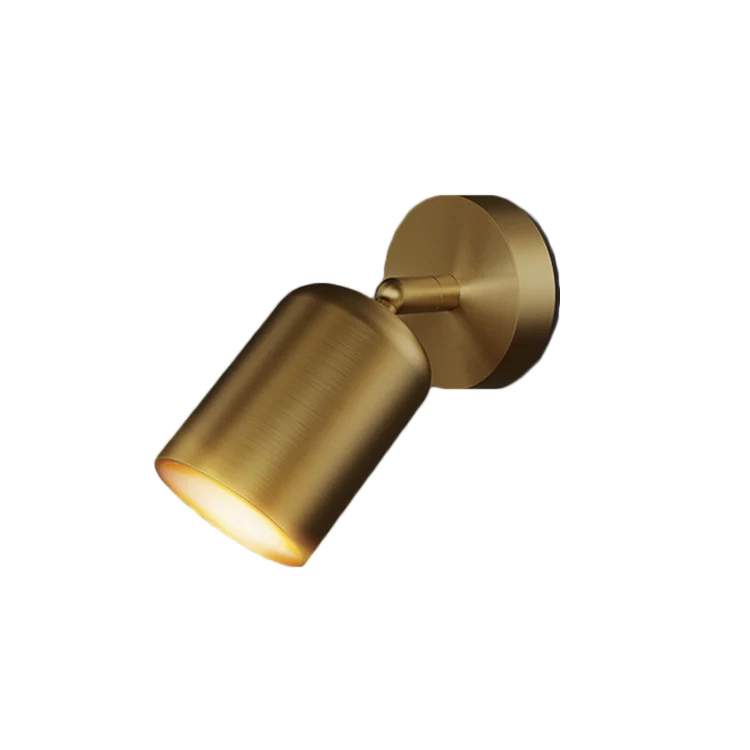LEAFLETS
PRODUCTS
Table Lamp Ambient Lighting
The Essence of Ambient Lighting
Ambient lighting, unlike task lighting (for reading or working) or accent lighting (to highlight specific features), aims to create a general, overall illumination within a room. It's the foundational layer of lighting that sets the mood and washes the space in a soft, even glow. Think of it as the background light, setting the stage for the other lighting elements. In the context of table lamps, this means selecting lamps and bulbs that diffuse light evenly, avoiding harsh shadows or overly bright spots. The goal is not to illuminate a specific area intensely, but rather to bathe the entire room in a comfortable and welcoming light.
The level of ambient light significantly influences our perception of a space. Too much light can feel sterile and harsh, while too little can create a feeling of claustrophobia or discomfort. Finding the right balance is crucial, and table lamps, with their adjustable height and placement, offer a considerable degree of control in achieving this balance. They can be strategically positioned to complement other light sources, such as overhead fixtures or wall sconces, to achieve a layered and sophisticated lighting scheme.
Choosing the Right Table Lamp for Ambient Lighting
Selecting the appropriate table lamp for ambient lighting requires careful consideration of several factors. First and foremost is the lampshade. Opaque shades tend to direct the light downwards, making them better suited for task lighting. For ambient lighting, translucent or semi-translucent shades are ideal, as they allow light to diffuse gently and evenly throughout the room. Materials like linen, silk, or parchment are particularly effective at softening the light and creating a warm, inviting atmosphere.
The bulb type also plays a critical role. Incandescent bulbs, while gradually being phased out, offer a warm, yellowish light that is excellent for creating a cozy ambiance. LED bulbs are now widely available in a range of color temperatures, allowing you to choose a warm white or even a slightly yellowish hue to emulate the effect of incandescent bulbs while benefiting from their energy efficiency. Avoid bulbs with a cool, bluish white light, as these can feel stark and uninviting in an ambient lighting setting.
The size and style of the lamp itself are equally important considerations. A larger lamp with a wider base will generally cast more ambient light than a smaller, more delicate one. The style of the lamp should, of course, complement your existing décor. However, remember that even a simple, unadorned table lamp can effectively contribute to ambient lighting if the shade and bulb are chosen correctly.
Strategic Placement and Layering of Light
The effectiveness of table lamps for ambient lighting hinges significantly on their placement. Instead of placing a single lamp in a corner, consider strategically positioning multiple lamps throughout the room. This creates a more evenly distributed light, minimizing shadows and maximizing the overall sense of warmth and spaciousness. Experiment with different placements to find the optimal balance, remembering that the goal is to gently illuminate the entire room rather than focusing light on a particular area.
Layering your lighting is another crucial aspect of effective ambient lighting. Don't rely solely on table lamps. Combine them with other light sources, such as overhead fixtures for general illumination, accent lights to highlight artwork or architectural details, and perhaps even floor lamps for added depth and dimension. This layering approach creates a richer, more nuanced lighting scheme, preventing the space from feeling flat or monotonous. The table lamps, in this context, act as a crucial layer, providing a soft, inviting glow that complements the other lighting elements.
The Impact of Ambient Lighting on Mood and Wellbeing
Ambient lighting has a profound impact on our mood and overall wellbeing. The warm, soft light created by strategically placed table lamps can significantly enhance feelings of relaxation and comfort. This is particularly important in living spaces such as bedrooms and living rooms, where a calm and inviting atmosphere is crucial for relaxation and unwinding. Conversely, harsh, bright lights can have a negative impact on mood, leading to feelings of anxiety or stress.
Studies have shown a correlation between lighting and sleep quality. Soft, warm lighting in the evening can promote the release of melatonin, a hormone that regulates sleep. Conversely, exposure to bright blue light from electronic devices or harsh overhead lights before bedtime can disrupt melatonin production, leading to sleep disturbances. By carefully managing ambient lighting through the use of table lamps and other soft light sources, you can create a sleep-conducive environment that supports healthy sleep patterns.
Ultimately, the effective use of table lamps for ambient lighting is about more than just illumination; it's about creating an atmosphere that fosters relaxation, comfort, and overall wellbeing. By thoughtfully selecting lamps, bulbs, and placement, you can transform a space into a haven of tranquility and warmth, demonstrating the significant role ambient lighting plays in enhancing the quality of our daily lives.
SUBSCRIBE
INQUIRY










